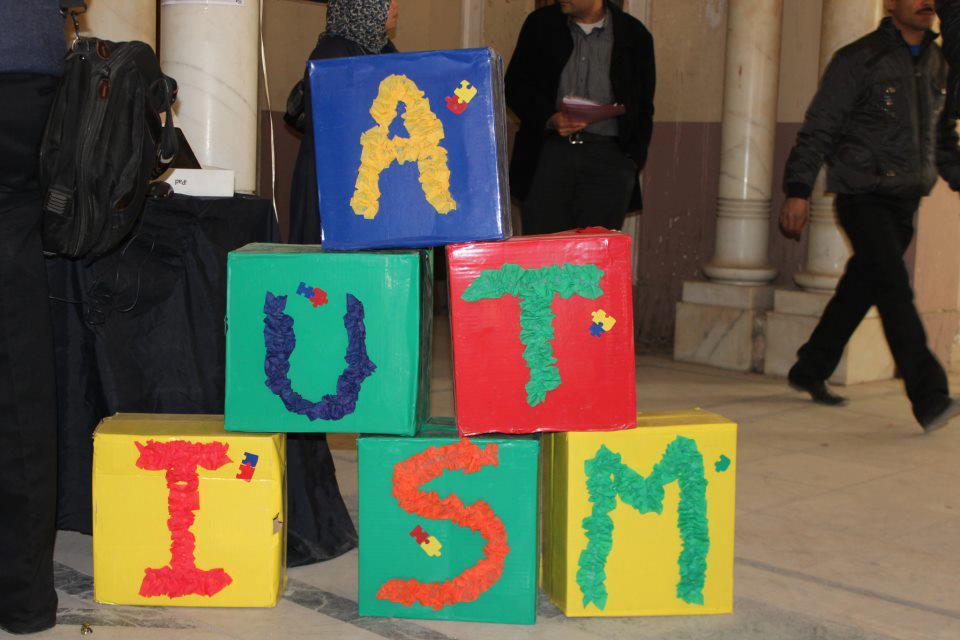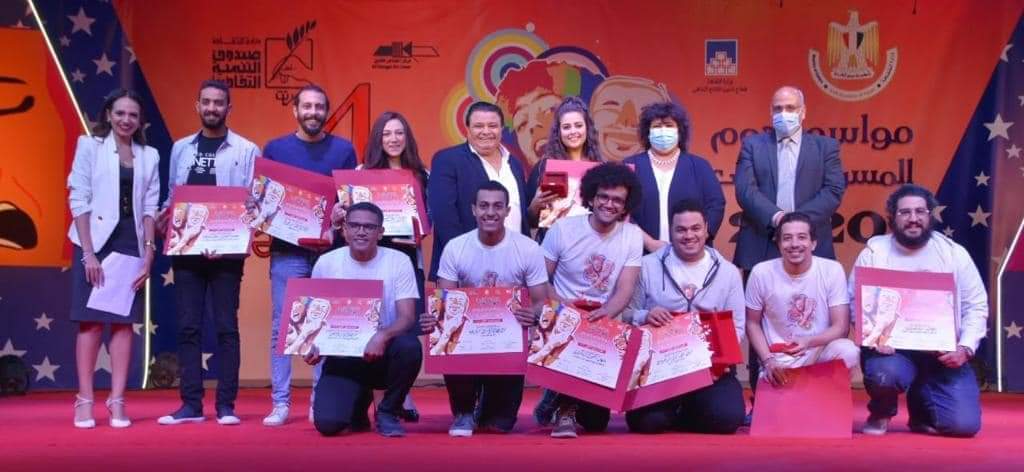With his new solo show “From Homeland to Heaven,” artist Samir Fouad proves to be one of Egypt’s few master painters. His new exhibit demonstrates an immeasurable talent for great technical depth and solid subject matter.
His last show, “Lahma” — the Arabic word for meat — exhibited last year was comprised of large canvases of meat in varied forms. Animal carcasses in a butcher’s shop hang so blatantly on canvas as they do publicly outside storefronts in Cairo. Recreations of images from Abu Ghraib show bodies in a human pyramid pile one on top of another.
Captivating too was the portraits of faces whose mouths were gaping open in an inaudible scream of rage.
The brutality of the butcher shop is familiar to native citizens of this country, allegorical of Egyptians’ acceptance of the unacceptable and the absurd.
People’s frustrations — like the portraits screaming silently — were incapable of being vocalized, and such politicized themes have been carried over to his new exhibit that demonstrates the same adroitness of articulating current political and social realities on canvas.
The exhibition was conceived as a reaction to poetry by Amin Haddad and to the Jan.25 revolution from the point of view of a man who has witnessed in his 67 years too many political events in Egypt.
The emotions and images of the 18 days of Tahrir have been depicted by many artists since the ouster of Mubarak a year ago. What Fouad has accomplished is developing this overused subject matter by the use of various mediums, making his personal narration a more sincere and credible one.
With oils, acrylic paint and mixed media, Fouad has not only created a collection of works that narrates the story of the crowds — the flags and even the central security forces — but also pays homage to the revolutionaries and martyrs, including the late artist Ahmed Bassiouny.
“Flag” was the first piece produced, says Fouad, along with two portraits called “Determination”, of women with a rich blue background, and “Freedom”, which shows a scene of a crowd of protesters, collectively all open-mouthed —a recurrent Fouad motif.
“Flag” is painted in thick bold streaks of paint. The linear delineation of each flag’s stripe is emphasized by stripes of yellow, green and blue in the background. The simplicity of the composition is what projects the power of the Egyptian flag and all that it stands for.
The portraits of the two women in “Determination” are regal, Pharaonic-like. The angularity of the lines of the subjects’ head and shoulders, the rigidity of the pose is statuesque and the faintest ribbon of a flag runs across the collar as delicately as a necklace. Fouad subtly references the historicity of the Egyptian people.
Such strength and femininity of Fouad’s subjects are juxtaposed with others in the gallery. Two portraits of central security forces behind black sunglasses and helmets stare out with an arrogant sneer. Entitled “Detachment I & II,” the pair of portraits contrasts both visually and symbolically with the other paintings.
The use of black paint, explains Fouad, is a meaningful one: Just as black absorbs all color, incapable of expressing emotion as do other colors and subjects’ eyes, here we see no eyes and no color of any sort from the central security forces portrayed.
“Detachment” is a succinct title, as is the simple composition of the portrait; a light blue background helps to emphasize the blackness.
Fouad’s use of acrylic paints has allowed him to create pieces with a particularly modern matt effect, and his use of mixed media was “to enrich the possibility of expression by the use of newspaper clippings and photos,” he explains.
“Never cease to look at what’s happening around you whether it contradicts or is in line with your art. Discord makes you appreciate your ‘cord.’ You should always make use of what’s happening in the world or else once you stop experimenting you’re dead. I hate repetition of work from subject matter to style and medium. I attempted to perfect my work with acrylics which was hard; I have never been successful with acrylic. Acrylic can’t be manipulated easily because of my style of layering.”
“Getting stuck with one style or medium for the sake of sales is something I abhor. I don’t care about shocking [the public] with something new.”
Fouad certainly shocks in this exhibition. In a portrait of the soldier shot on the Egyptian-Israeli border earlier this year, pink and purple tones were used to commemorate him, and his face appears to be gentle.
“Once you are a martyr, you are a symbol; you are no longer yourself,” says Fouad. Yet he humanizes the young man in a way that media didn’t allow.
With Ahmed Bassiouny, Fouad chose to recognize and commemorate the martyr not as a direct homage from artist to artist but for his very ideas.
Bassiouny was recognized at the 2011 Venice Biannual for his piece “Running in Place” which, according to Fouad, “represented the idea of running without reaching anything. There was a rapport between the continuance of time and motion in his piece which I admired.”
In “Bassiouny,” Fouad emphasizes the very same idea that defined his own work: the split second of a verbal protest, the surrealism of time when it both lingers and passes so quickly without achievement.
Though his subjects and ideas might seem aggressive to viewers, Fouad is capable of delivering his messages with a softness that comes from an attentive eye for color composition. Greens tinged with grays, blues and a range of purples in this particular exhibit are highlights in and of themselves.
His portraits depict very Egyptian faces; I can’t help but recognize my own Egyptian nose in the portrait of a woman in profile. He both venerates the Egyptian woman but depicts her hooked nose and all as both defiant and somehow beautiful. One particularly beautiful piece is that of a bride, hair curled and teeth pearly white, the face and hairstyle reference old Egyptian cinema starlets and I suppose, serves as another metaphor of Egypt as ‘oum el donya’ or “mother of the world.”
Egypt is a new bride, as hopeful as a bride would be about her future on her wedding day.
Samir Fouad: From Homeland to Heaven
Picasso Gallery
30 Hassan Assem Street, off Brazil Street, Zamalek
www.picassoartgallery-egypt.com
Telephone: (02) 2736 7544
Running until Feb. 2, 2011.

Flag.

Freedom.


